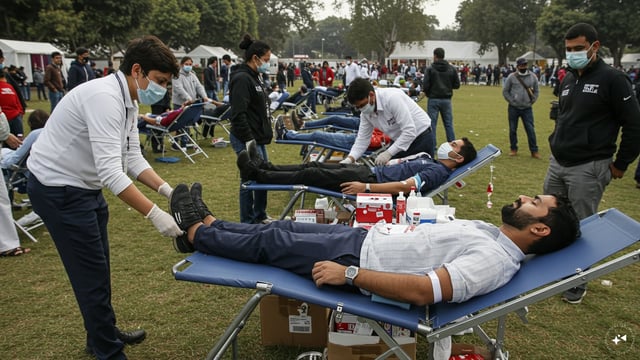Overview
- India requires 14.6 million units of blood annually but trails demand by 41 million units due to low voluntary donation rates and infrastructure limitations
- Doctors say donors who give every three to four months form a reliable core supply that keeps blood centres stocked consistently
- Regular donations deliver health screenings and may lower blood pressure, balance iron levels to cut cardiovascular and cancer risks, and stimulate new red blood cell production
- Female donors face more deferrals because of naturally lower haemoglobin, smaller blood volume, and hormonal factors tied to menstruation, pregnancy, and menopause
- One unit of donated blood can be split into red cells, plasma, and platelets to save up to three lives, highlighting each donation’s lifesaving impact



